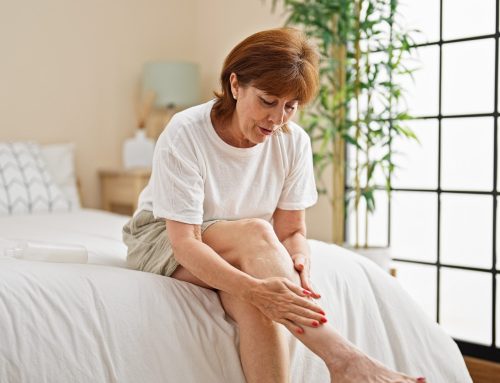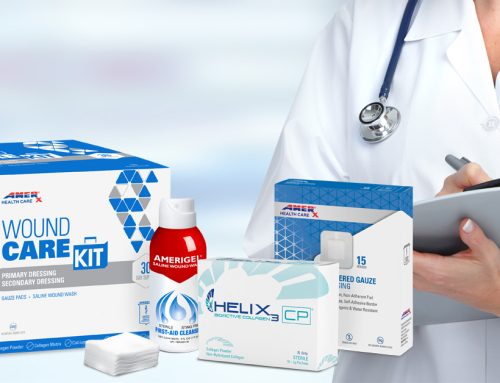When dispensing surgical dressings and submitting a claim for payment, it is important to adhere to compliance guidelines. When dispensing surgical dressings to Medicare beneficiaries, these guidelines are clearly listed in the Durable Medical Equipment Medicare Administrative Contractor (DMEMAC), Surgical Dressings Local Coverage Determination (L33831), and Local Coverage Article (A54563).
“Exudate” Versus “Drainage”
The above-referenced policies inform providers that documenting the quantity of exudate is a requirement for payment of surgical dressings. Interestingly, the word “drainage” does not appear in the Surgical Dressings LCD and, instead, the word “exudate” is used when describing the coverage requirements for each dressing type. As it applies to surgical dressings, when documenting the amount of fluid that is seeping out of a wound, it is recommended that providers use the word “exudate” instead of “drainage”. The reason is auditors are often not clinicians. An auditor evaluating a progress note and looking for the documentation that reflects the amount of “exudate” from a wound may not be capable of equating that to the amount of “drainage” documented and, as such, providers should not rely on an auditor’s ability to draw the conclusion that “drainage” and “exudate” are the same thing.
Exudate and Coverage
The coverage for many surgical dressings is, in part, dependent on the volume of exudate. Some coverage requirements include:
AMERX Foam Dressing: Moderate to heavy exudate
AMERX Calcium Alginate Dressing: Light to moderate exudate
AMERIGEL Hydrogel Wound Dressing: Minimal or no exudate
HELIX3 Bioactive Collagen: Light to moderate exudate, or wounds that have stalled or have not progressed toward a healing goal.
Documenting Exudate
Keeping in mind the above messaging regarding auditors not always being clinicians, it is recommended that providers supplying surgical dressings use the exact words listed above to document exudate. For example, when dispensing hydrogel, and documenting drainage, use the word “minimal” or “no” when documenting the exudate quantity. Doing so eliminates the need for any interpretation by an auditor and decreases the chances of an auditor making an error.
Conclusion
Aside from obvious clinical importance, one of the goals in documenting encounters is to minimize risk. Following the above suggestions helps to protect providers who dispense surgical dressings.
References
DISCLAIMER: The information provided here is intended to educate health care providers regarding compliance with ICD, CPT, and HCPCS coding. The information provided does not guarantee reimbursement and is accurate to the best of our knowledge at the time of this publication. Coding guidelines can change and we encourage you to stay up to date. The existence of a code does not guarantee payment.

Dr. Jeffrey D. Lehrman, DPM, FASPS, MAPWCA, CPC, CPMA
Dr. Lehrman is a podiatrist practicing in Fort Collins, CO and operates Lehrman Consulting, LLC which provides consultation services regarding coding, compliance and documentation. Dr. Lehrman is a Certified Professional Coder and Certified Professional Medical Auditor. He serves as a staff liaison at the AMA CPT® Editorial Panel meetings where CPT codes are created, edited, and deleted. He is a Diplomate of the American Board of Foot and Ankle Surgery, Fellow of the American Society of Podiatric Surgeons, and is recognized as a “Master” by the American Professional Wound Care Association. Dr Lehrman is a Fellow of the American Academy of Podiatric Practice Management, Past Director of the American Professional Wound Care Association Board of Directors, and is a Past Chairman of the Board of the American Society of Podiatric Surgeons. Dr. Lehrman is also on the editorial advisory board of the journal WOUNDS.





